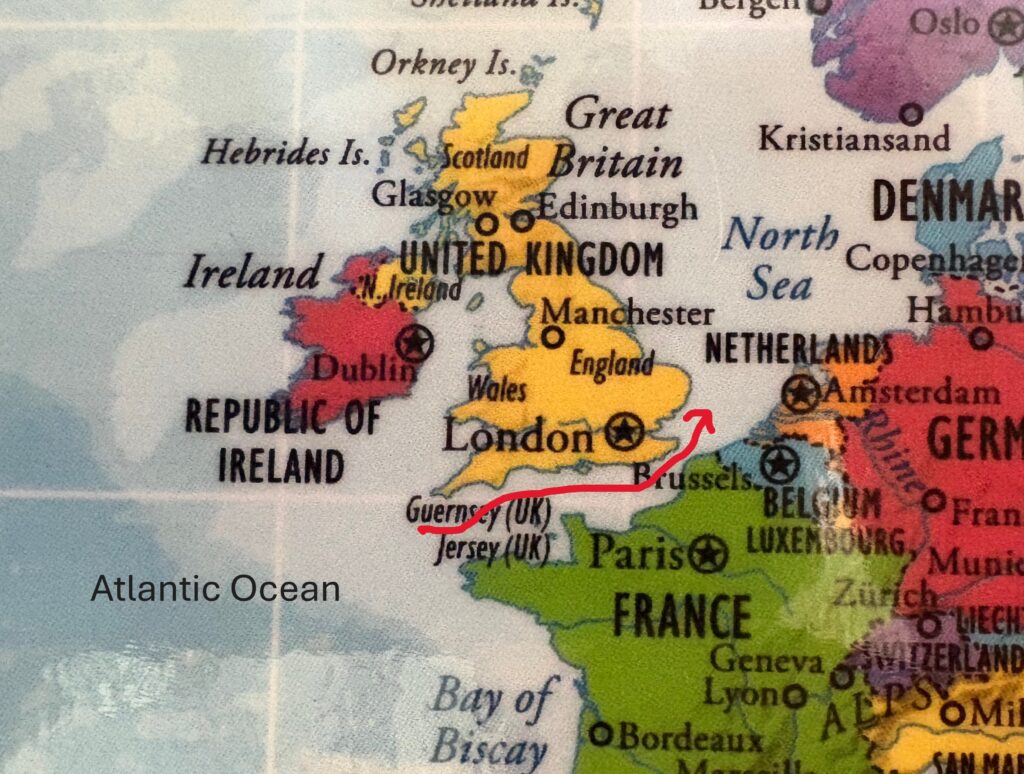#2 The Dover Strait – Europe’s Busiest Bottleneck

Introduction: The Dover Strait, the narrowest part of the English Channel, serves as the vital gateway between the Atlantic Ocean and the North Sea. Separating England from France, it stands as one of the world’s busiest international shipping lanes, a true bottleneck where immense traffic converges in a confined space.
Geography – A Constricted Corridor: Connecting the English Channel with the North Sea, the Dover Strait is a critical maritime passage. At its narrowest, it spans approximately 20-21 miles (32-34 kilometers) and has an average depth around 150 feet (46 meters). Despite its importance, challenging natural conditions such as strong tidal flows, significant sandbanks, and shoals characterize its waters.
Key Facts & Importance: The Dover Strait is a non-stop artery for global commerce:
- Unrivaled Traffic Volume: Over 400 commercial vessels, and sometimes upwards of 500 ships, traverse this strait daily, making it arguably the busiest shipping lane in the world. This includes a high volume of cross-channel ferries.
- Economic Nexus: As a primary maritime link between the Atlantic, North Sea, and Baltic Sea, it underpins a significant portion of European and global trade, facilitating vital goods movements between continents.
- Strategic Control: The entire strait lies within the territorial waters of France and the United Kingdom. However, international law ensures “transit passage,” guaranteeing free movement for vessels of all nations. This shared jurisdiction underscores its geopolitical significance.
Maritime Hazards & Modern Challenges:
- Extreme Congestion & Collision Risk: The sheer volume of traffic in a narrow, confined space creates an exceptionally high risk of collisions. This is further complicated by the diverse range of vessel types, including tankers, container ships, dry bulk carriers, and numerous ferries, all operating within the same busy lanes.
- Navigational Obstacles & Weather: Strong tidal currents, shifting sandbanks, and shoals present constant navigational challenges. Rapidly changing and often severe weather conditions, including dense fog, frequently reduce visibility to dangerous levels, further increasing accident potential.
- Dangerous Cargoes & Environmental Threat: A significant number of vessels transiting the strait carry hazardous materials, including various fuels, metals, and a growing volume of batteries. Given that the EU heavily relies on battery imports to meet demand, any incident involving these cargoes – particularly a collision or grounding – could lead to a major environmental disaster.
